Diamond Head (Volcano Week 5)
Tuesday, 3rd August 2010 by Alex Steinberger
Rising 230 metres above the white sands of Waikiki Beach, the volcanic cone known as Diamond Head is an iconic part of Honolulu's diverse and modern skyline. Sure it may not be filled with lava, sulphurous fumes, or noxious gasses… and it's been extinct for at least 100,000 years… and of course there's a paved road all the way up filled with hordes of meandering tourists… but it's still a pretty impressive site!
Unlike many larger active volcanoes, Diamond Head as it is seen today has changed little in over one hundred millennia. The 1,072 metre-wide volcanic cone was created through a single violent underwater eruption that sent ash and cinder thousands of feet in the air. The resulting debris settled and hardened to form the nearly symmetrical tuff-cone that today is one of the most recognisable natural features in Hawaii.
While known in Hawaiian as Le'ahi or "brow of the tuna," it was 19th century British sailors who – mistaking calcite crystals for diamonds – named it Diamond Head1. Given the less than catchy nature of the name Calcite Head, their misnomer stuck2 and eventually became the official title of this grand state monument enjoyed by tens of thousands of visitors each year.
A mere twenty five minute drive from central Honolulu, Diamond Head State Monument boasts panoramic views of the city and the entire southern coast of the island of Oahu, drawing sightseers and outdoor enthusiasts alike.
Aside from being one of Hawaii's major tourist attractions, Diamond Head also held a pivotal role in the archipelago's early history as a U.S. territory. Fort Ruger was the first American military reserve in Hawaii and was constructed ten years after the 1899 annexation, in the middle of Diamond Head crater. Its concealed position was further shielded by a battery of mortars and made a perfect vantage point for the protection of American interests in southern Oahu.
Little remains of the fort, save a few bunkers and a 70 metre-long tunnel to a fire control centre with sweeping ocean views. In addition to those remains, the U.S. government still maintains an aviation control centre and several transmission towers at the crater's summit.
Today, Diamond Head is a popular destination for visitors to Honolulu, with a large visitors centre and hiking trails. Even the Google Street View car made the trip, driving straight through the tuff-cone to provide us with a full 360-degree view of this otherworldly landscape.
Though Hawaiians are truly fortunate to live near such an amazing natural wonder, Google has once again brought the rest of us a little bit closer to one of the most awesome sights on Earth. Now we just have to wait for them to send someone up on foot so we can see the views from the rim!
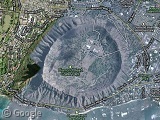
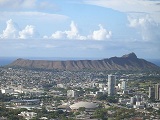
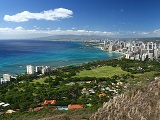
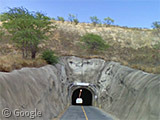
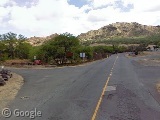
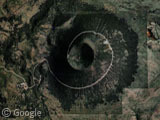

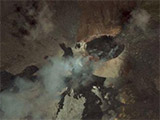
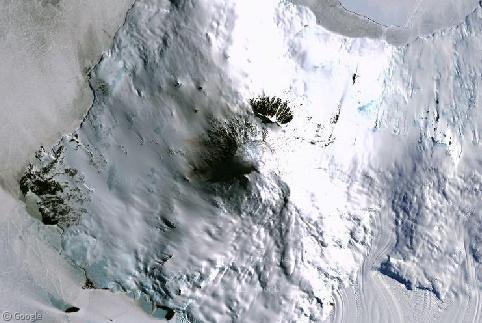
Sharing statistics
Share this site